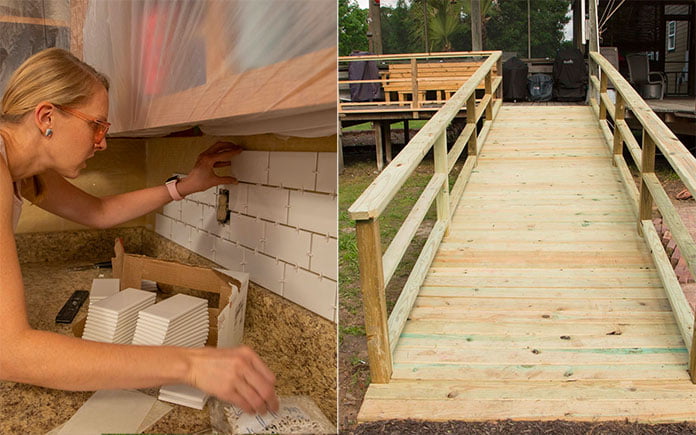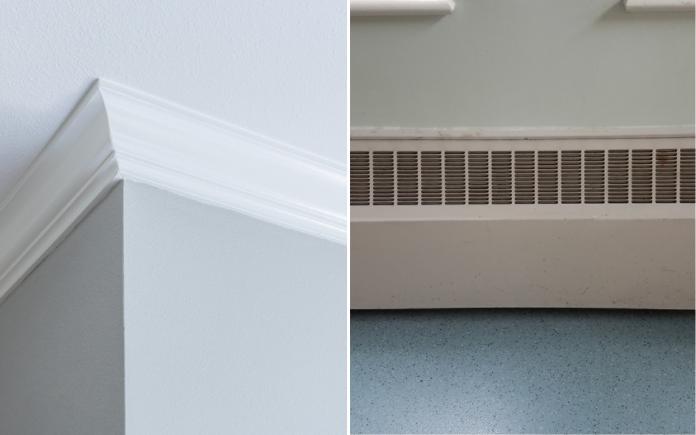Cornhole Game: How to Build the Board
Cornhole, a game that’s been around for centuries, is a popular pastime for tailgate entertainment or backyard fun. You just need a cornhole board and some bags — and a free afternoon with family or friends! History of the Game Many people believe a cabinet maker in Germany invented the cornhole game in the 14th … Read more










